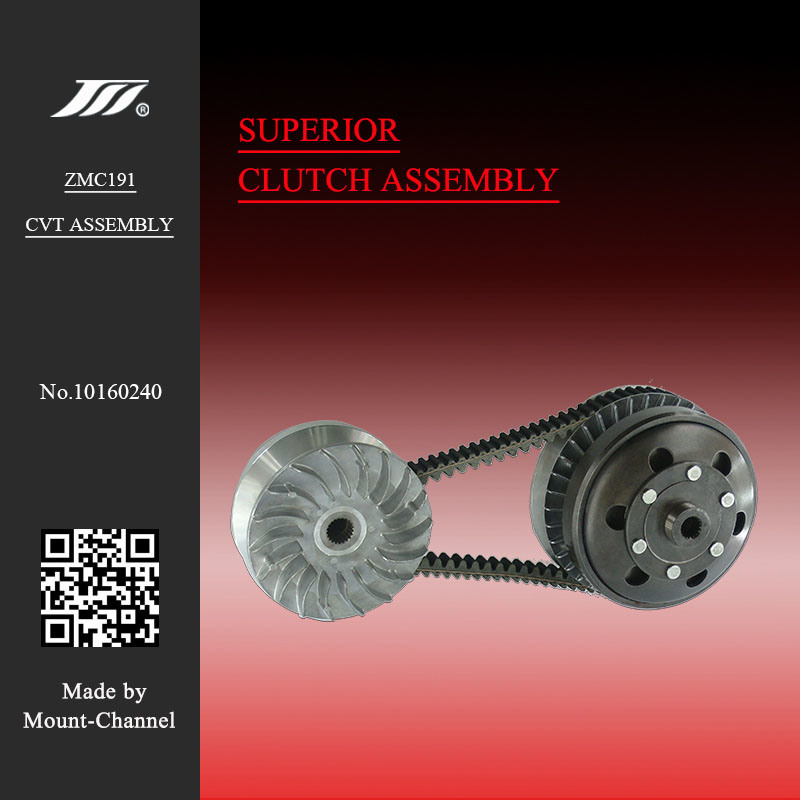There are many ways to propel ATVs and all similar off-road vehicles in the market today. The transmission type deployed by the manufacturer often points to the target audience they’ve got in mind with the product. What are the different types of ATV transmission, and how do they work?
ATV transmissions are mostly manual, semi-automatic, or automatic. Each of the transmission options can also have further variations. For example, some transmissions will shift from two-wheel to four-wheel drive or go from high to low gear, depending on the situation.
The rest of the article will look at the different types of ATV transmissions and how they work. Watch out for tips on how to choose an ATV with the best transmission for you.
In ATVs with a manual transmission, you have to choose the best gear for the situation. The lower gears are best selected for low traction scenarios, hauling heavy stuff, uphill climbs, and takeoff. The higher gears are best used when you’re cruising.
In a manual transmission setup, you have to disengage the engine from the transmission using the clutch stick before shifting between gears. Once the gear is locked in, you have to re-engage the engine by releasing the clutch.
So, in manual transmission, you have to control the clutch, the gear lever, and the throttle. If you’re on a hill, you may have to engage the brakes as well. The brakes here work like those on a motorcycle. The rear brake is operated by the right foot, while the front brake is controlled by your right hand.
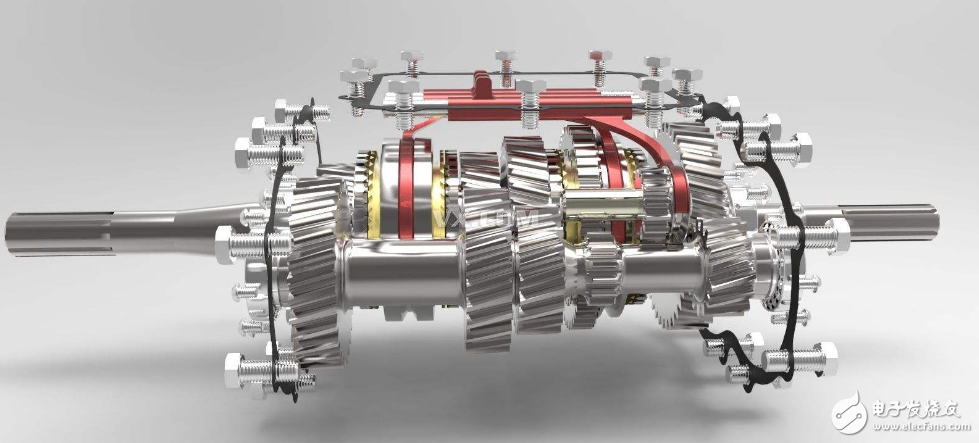
This type of transmission also makes getting into or out of turns easier. Transmission shifting as you’re about taking a sharp turn can upset the balance of the ATV.
Some people shy away from ATVs with manual transmissions based on the knowledge of how difficult it is to manage manual transmission on motorcycles.
However, ATVs are different because the four wheels of the ATV means you don’t have to worry about keeping it standing while managing the clutch and gear at the same time.
If you already have lots of experience with manual motorcycles and cars, operating an ATV with a manual transmission should be straight forward.
Here’s a video showing how a small engine manual transmission works:
ATVs with semi-auto transmissions are similar to those with a manual transmission, but the main difference is in the operation of the clutch.
You still have to choose the optimum gear for the scenario, but the clutch doesn’t have a separate lever. The act of shifting gears automatically controls the clutch as well.
With this setup, you’ll have one less thing to worry about while staying in control of the power generated by the engine. This type of transmission is also popular with sport ATVs.
It’s also deployed in vehicles made for inexperienced operators that are not yet experienced enough in gear selection but have a decent grasp of riding an ATV.
ATVs with automatic transmission are designed to handle gear selection for you, with the right gear chosen at the right time. This type of transmission is popular in utility ATVs, where the focus is more on the reason for riding the ATV, such as hauling, towing, or plowing.
Automatic transmissions in ATVs also work like what you get in cars, with some of them featuring levers that allow riders to shift between “hi” and “lo” gearing.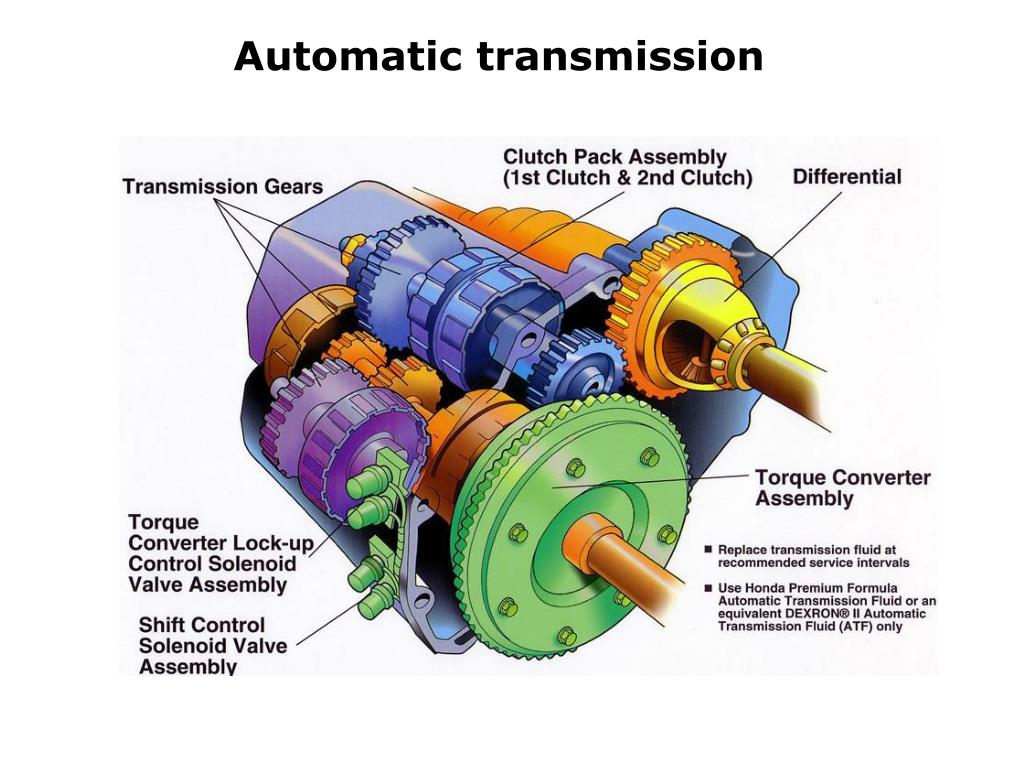
The system is based on centrifugal force. The foundation of the operation is based on the fact that the force moving away from the center of any spinning object will increase if the speed of rotation increases.
If the ATV is in “hi” gear, it will travel at speed much faster than normal, but it won’t generate enough power as it slows down. In “lo” gear, the max speed of the ATV reduces, but the amount of power generated at a lower speed increases greatly. In this scenario, you can haul or tow a lot more weight.
When discussing automatic ATV transmission, there are two main distinctions you’ll come across: CVT and wet clutch technologies.
Continuously Variable Transmission (CVT) is a transmission mode you’ll find in many adult ATVs. The design’s focus is to keep the engine within the best possible rpm range at all times. Once the engine is within this range, it will work more efficiently and produce the maximum power necessary for a given scenario.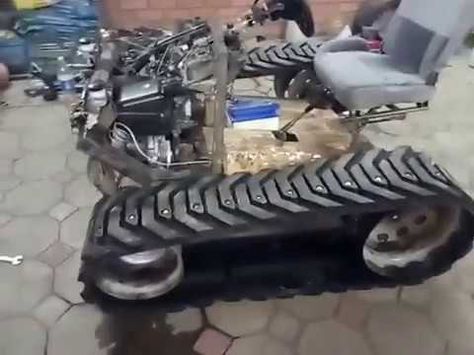
ATVs with the CVT technology allow you to focus on maintaining stability and traction when on treacherous terrains or engaging in heavy-duty hauling or towing. You don’t have to worry about selecting the right gear for the situation.
The CVT mechanism contains two pulleys held together by a V belt. The two pulleys act as built-in clutches that control and vary the drive ratio between the output and input shaft in a controlled, smooth and continuous manner.
With further increase in speed, the belt will ride higher inside the main clutch, leading to an increased gear ratio between the output and input shaft.
The secondary clutch in the system works similarly to the main clutch, but its main role is to ensure there is no slack within the V belt, especially while the main clutch opens and closes.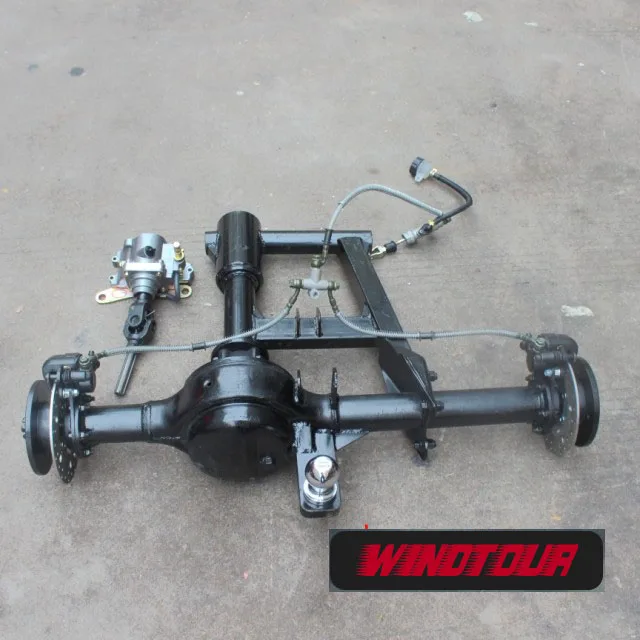
The secondary clutch’s other role is to connect to the output shaft and the rear wheels, usually through a drive shaft or a chain.
Here’s a cool video showing how a CVT transmission works:
The wet clutch approach to automatic transmission is less convoluted than the CVT technology. It is mostly deployed in four-wheelers made for new riders of teenagers.
The system incorporates one wet clutch, which is linked to the engine via a range of gears. The transmission is only engaged at specific preset RPMs.
Models with this technology only have a single speed and the option of reverse. There’s only one forward gear. This design means you can’t rely on ATV models with this transmission for heavy-duty use or navigating rough terrains.
They are best for new riders that are still learning how to control and handle an ATV without worrying about shifting gears.
We’ve seen how each of the transmissions you’ll find in an ATV work. To choose the right option for you, pay attention to how you intend to use the machine.
If you’re getting an ATV for leisurely adventure on the beach and some mild competitive sport, one with automatic transmission will work just fine for you.
However, if your ATV will double as a recreational and utility vehicle, you should seriously consider going for one with a manual transmission. If you must go with automatic transmission, it should be a powerful CVT variant that can handle everything you intend to throw at it.
If you’re in the market for an ATV that can help your teenagers learn how to ride, a model with a wet clutch is a good idea.
The various models of ATVs in the market come with transmission technologies tailored with specific audience segments in mind.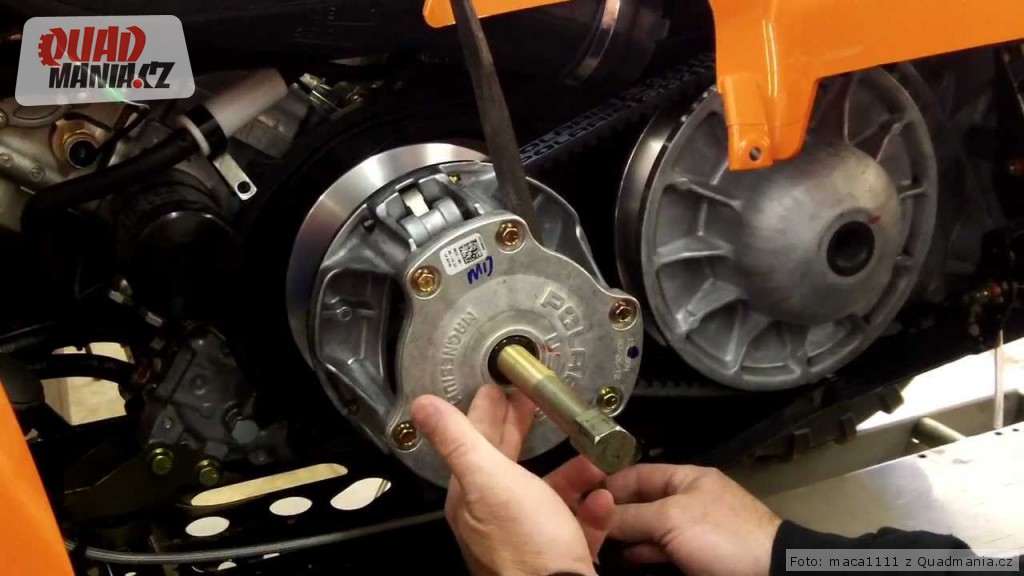 With what you’ve learned thus far, you should be able to instinctively determine what type of transmission to go with any time you need a new ATV.
With what you’ve learned thus far, you should be able to instinctively determine what type of transmission to go with any time you need a new ATV.
Experienced riders with the need for an ATV that can serve different (and often demanding purposes) will almost always choose a manual transmission. In contrast, casual or leisurely riders can get by with some types of automatic transmission.
Sharing is caring!
Looking for the exact location of each and every part required to finalize an ATV in Last Day On Earth Survival game? So your search ends here because in this post we are going to tell you exactly where and how you can find all the required parts to finalize the ATV. So just go through this post and farm in the locations mentioned below and soon you should have all the required parts in your inventory. So lets check it out!
First of all you will need to craft the ATV for which you will need 25 Iron Bars, 20 Pine Planks, 15 Wirings, 15 Bolts and 10 Duct Tapes. After that we need to Finalize it, so let’s check out which are the parts that are needed to finalize the ATV. Including all quantities of every required parts, you will need a total of 1658 items. Below you can find the list of required parts –
After that we need to Finalize it, so let’s check out which are the parts that are needed to finalize the ATV. Including all quantities of every required parts, you will need a total of 1658 items. Below you can find the list of required parts –
1 ATV Transmission
1 ATV Gas Tank
250 Thick Fabric
500 Scrap Metal
150 Rubber Parts
16 ATV Wheels
120 Wiring
200 Engine Parts
320 Bolts
100 Ball Bearings
So you can see its quite a lot of items but you don’t need to worry because if you know the correct locations of all parts then it won’t take you more than just a few weeks to collect all the parts. So below we will tell you the location of every part individually.
Bolts – These can be found inside loot boxes at green zones on the map. But since we need 320 of these for our ATV so if you want to get them faster then you can explore the yellow zones or even the red zones which are the most hardest ones to explore.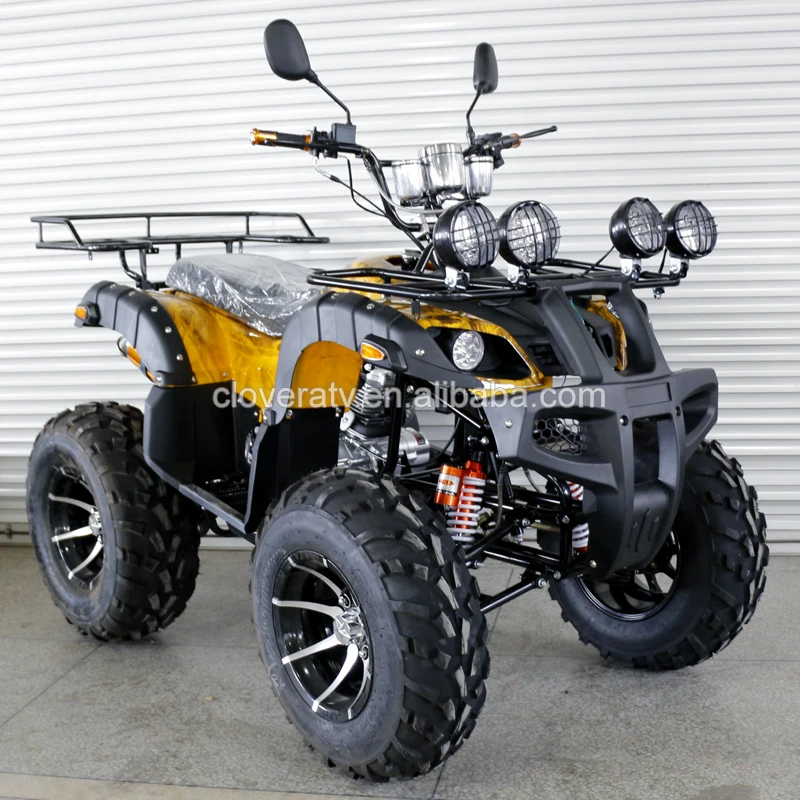
Ball Bearings – Its a mechanical part used as a machine element in various machines like Zombie Truck, Mi-24 Helicopter, Turret etc. This item is not quite rare and you can get it inside crates or boxes at random locations. A bit difficult regions like yellow zones on the map or a random drop like a “Humanitarian Aid” or “Plane Crash” event have a higher chance to drop this item inside boxes.
ATV Gas Tank – Currently the drop rate of this Gas Tank is pretty high and you can easily get it by visiting the Limestone Cliffs and by exploring the giant box at Air Drop event. It can also be found inside backpacks of AI players who attack you while exploration.
Thick Fabric – You need to build a Sewing Table and then use pieces of cloth (obtained from corpses of simple and giant zombies) to craft Thick Fabrics required to finalize the ATV. You can also use plant fibers to craft pieces of cloth to craft your fabrics even more faster.
Also Read:
How To Get All Coupons Fast In Last Day On Earth
How To Get Aluminium In Last Day On Earth Survival
How To Get All Chopper Parts In Last Day On Earth
How To Get Unlimited Free Coins In Last Day On Earth
Scrap Metal – Its a rusted scrap metal which can also be melted into an iron bar using a Melting Furnace. For our ATV we need 500 of these. These are also quite an easy to obtain resource and can be found inside small crates even at the most easiest (green zones) locations. Additionally, they can be also found inside backpacks of other survivors who attack you at various locations.
Rubber Parts – It is an important part used in various vehicles and machines like Sewing Table and Repair Station. These are a bit rare items and hence it can take you a few weeks to collect a total of 150 of these for our ATV. These are mainly found at Yellow Zones on the global map like Limestone Cliffs, Pine Grove, Bunker Bravo etc. They also have a high drop rate at the Plane Crash Event and at Red Zones. You can find more of these by visiting the random Crashed Plane Event. Check out our post on how to get plane cash event in Last Day On Earth to get this event whenever you want.
They also have a high drop rate at the Plane Crash Event and at Red Zones. You can find more of these by visiting the random Crashed Plane Event. Check out our post on how to get plane cash event in Last Day On Earth to get this event whenever you want.
Wiring – This is quite an easily obtainable item. Look for them inside boxes at green locations and you should be able to find them.
ATV Wheels – These wheels are not extremely rare like a few other parts but still a bit difficult to obtain but eventually you will be able to collect the required 16 wheels. They can be found at Yellow and Red Zones. They can also sometimes drop at Air Drop event.
Engine Parts – These are an important and quite rare items, used not only in ATV but also in Chopper. You need to basically search for these at Bunker Bravo, Bunker Alfa or sometimes they can also be found inside the giant box at Humanitarian Aid random event (Air Drop).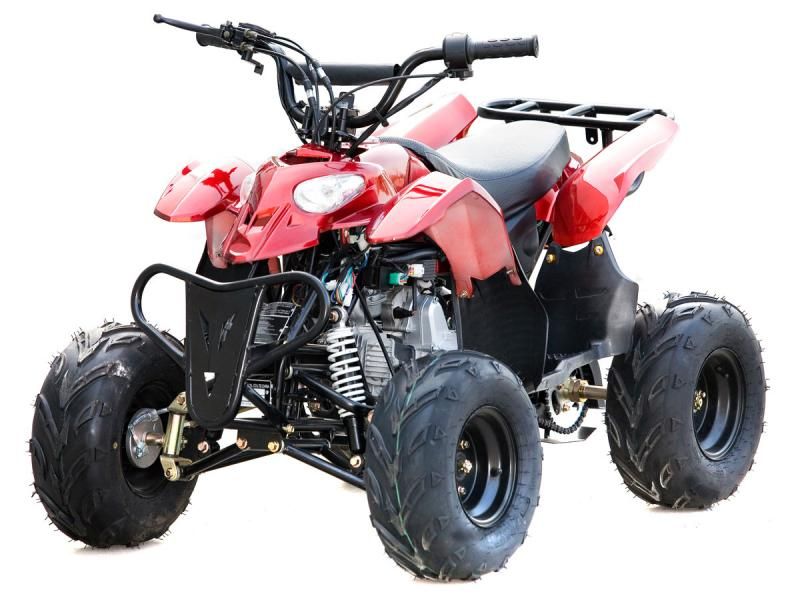 Additionally, this item also can be found inside “Box of Spares” at the game shop. You can also find a few of these at NPC bases on the Global map and sometimes they can also be found inside backpacks of AI players.
Additionally, this item also can be found inside “Box of Spares” at the game shop. You can also find a few of these at NPC bases on the Global map and sometimes they can also be found inside backpacks of AI players.
ATV Transmission – This is a missing part of the ATV. It has not been released in the game yet but is expected to be released soon as more regions on the map are ready to be explored and released, especially the regions across the river.
So these were the locations where users have reported to have found the particular items in the game. Knowing the above locations will help you plan a good strategy to follow and hence quickly assemble all the required parts of the ATV.
Hope you liked this helpful guide. So please make sure to share this post with your friends at whatsapp, facebook and twitter using the social media buttons below.
Share this post
Articles
02 Dec
Any wheeled vehicle - from a bicycle to a multi-ton truck - has a transmission in its device: a system that transmits rotation from the engine to the wheels. The operation of the transmission - and therefore the speed of driving - can be controlled by shifting gears.
Gear shifting is organized differently in each mode of transport. In the article below, we will tell you exactly how to shift gears on ATVs, and what gearboxes are found on such equipment.
Gearboxes for ATVs can be of two types:
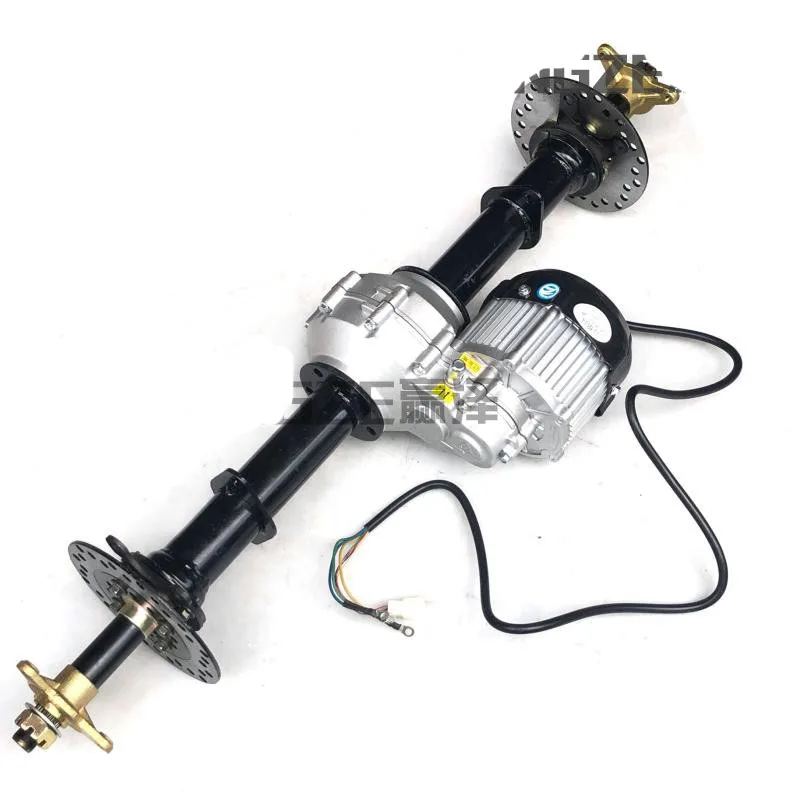
Rare and mostly found in older models, but other variations can be found. For example - "automatic" with the ability to manually shift gears.
Manual ATVs are a little more difficult to drive (at least at first, until you get used to it), but you can more accurately select the appropriate mode. And vice versa: CVT "boxes" are much easier to operate, they are easy to master for a beginner who gets behind the wheel of an ATV for the first time. But on the other hand, with active driving along a route with variable difficulty, riding a CVT will be a little less convenient.
For example: you are driving on a flat packed dirt road on H and you see a large stretch of muddy road ahead with deep mud (or a steep hill, or bumps, or stones). You will have to come to a complete stop and shift to L, drive through mud, and when you get back on a dry road, come to a complete stop again and shift back to H.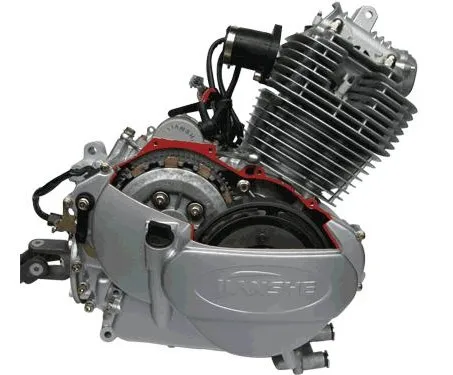 , like motorcycles, and a manual clutch lever on the handlebar on the left.
, like motorcycles, and a manual clutch lever on the handlebar on the left.
The foot lever device can be of two types:
The shift itself is carried out in the same way as on motorcycles:
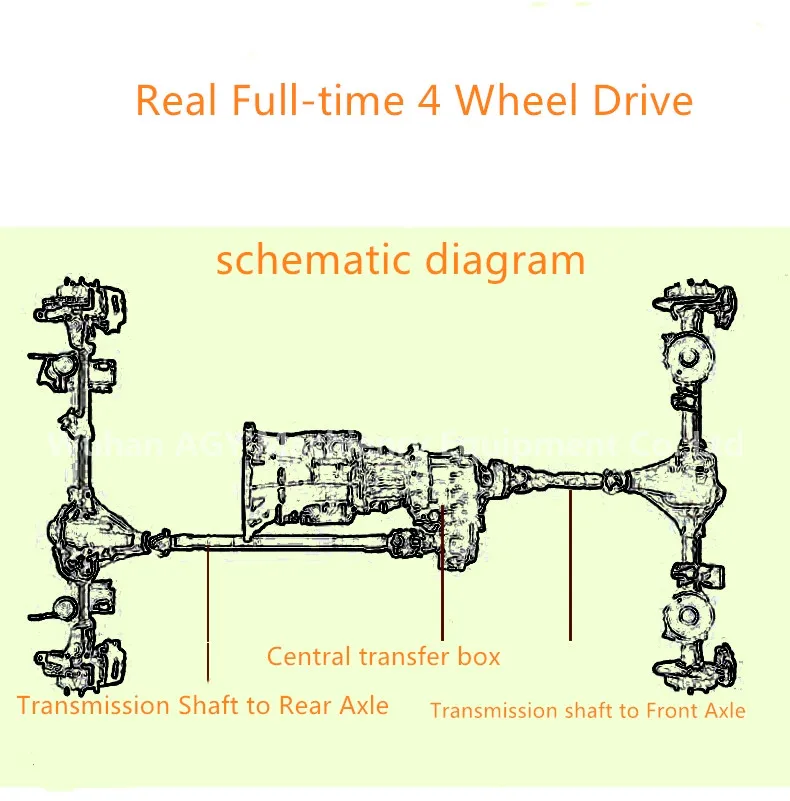 If you have experience driving any vehicle with a manual transmission, you will quickly get used to an ATV with such a gearbox.
If you have experience driving any vehicle with a manual transmission, you will quickly get used to an ATV with such a gearbox. When exactly to switch speeds up and down is determined by the tachometer, speed, road complexity, weight of the load taken and the characteristics of the ATV itself (power, weight).
CVT gearboxes are much more common on ATVs. The clutch in them does not need to be squeezed out, and the “mode” of driving forward is selected from two (most often) options: in high (suitable for driving on an easy route) or in low (for difficult sections, steep climbs and towing) gears.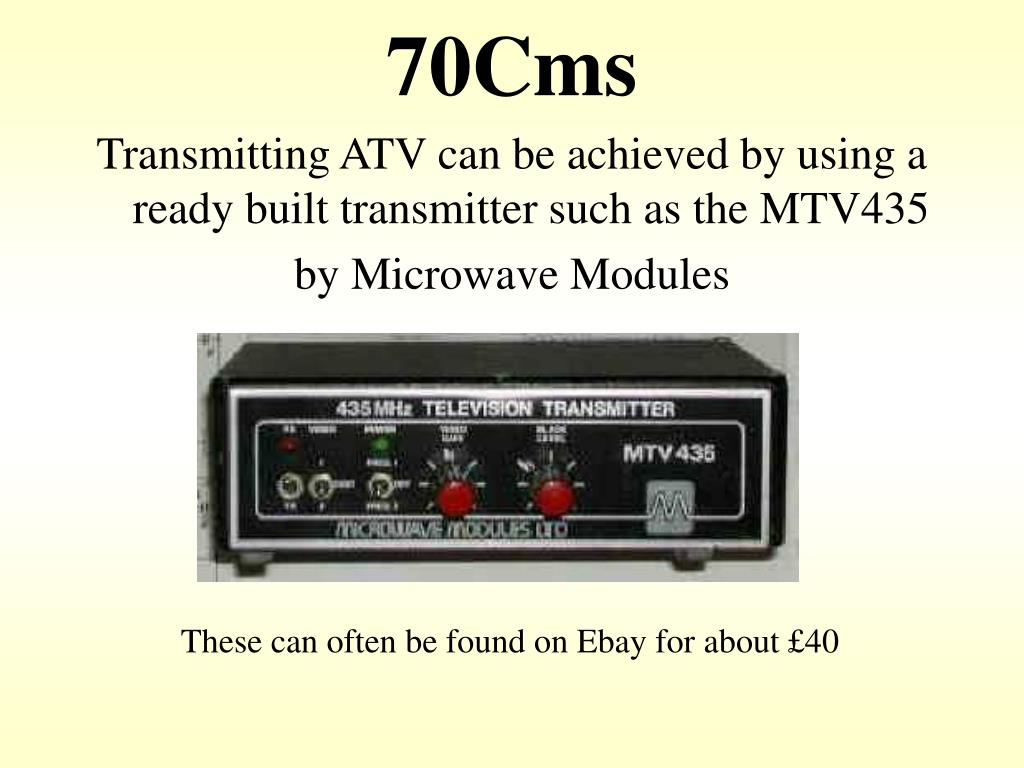
An important difference from driving in a manual transmission: switching between L and H is carried out only when the ATV is completely stopped, with the brake applied. To select a mode, move the knob to the desired position. Switching between L and H on the go is impossible.
The rest of the gears - park, neutral and reverse - of course, are also included when the ATV is standing still.
Gears are transmission modes that allow you to adapt your ATV to different tasks and road conditions. Shifting increases traction or top speed.
In this article, we will tell you how to change gears correctly on ATVs with different types of transmission so as not to break anything and confidently overcome any routes.
The CVT is the most popular 4WD utility ATV.
The variator consists of two pulleys. A belt is stretched between them, which rotates along a larger or smaller radius as the engine speed changes. This ensures a smooth change in gear ratio. In fact, the same thing happens as when moving the gears in a manual transmission.
This ensures a smooth change in gear ratio. In fact, the same thing happens as when moving the gears in a manual transmission.
The variator is combined with the gearbox. The shift lever can be in five different positions:
L - downshift;
H - overdrive;
N - neutral;
P - parking lock;
R - reverse.
Downshifting allows the ATV to climb steep slopes, off-road, or haul loads more easily and without damage to the CVT. In overdrive, the technique can develop maximum speed. It is recommended to use it for driving faster than 10 km/h.
There is no conventional clutch on an ATV with a CVT. Instead, a centrifugal automatic. Therefore, before each shift, be sure to come to a complete stop, apply the brakes and reduce the engine speed to idle.
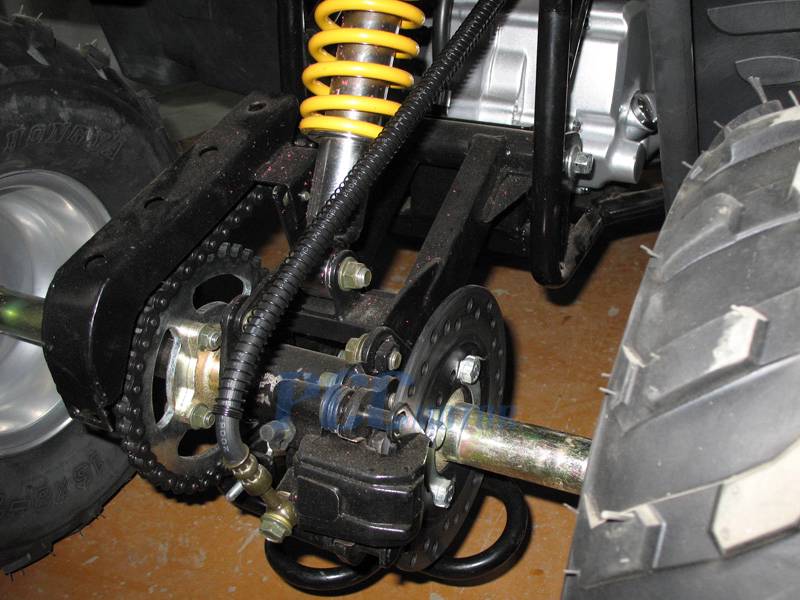
To stop, just remove your finger from the throttle trigger - the ATV will quickly slow down and stay even in the H or L position until the driver again increases the engine speed.
For a long stop, it is better to switch to neutral. To prevent the vehicle from rolling away, you can apply a hand brake or a P gear.
Manual transmission is commonly used on small displacement RWD ATVs. Structurally, it is similar to the transmission of a high-speed bicycle, only instead of sprockets there are gears. They are connected in different combinations depending on the selected gear.
In order not to break anything when changing gears, there is a clutch. This mechanism decouples the transmission from the engine and allows the gears to engage without load. To control the clutch there is a separate lever on the steering wheel.
On an ATV with a manual transmission, the gears are shifted by a lever located at the left footrest. How exactly depends on the specific model. Popular options:
How exactly depends on the specific model. Popular options:
N is a neutral gear, in which the vehicle will not go anywhere. R is reverse.
This is what a manual transmission looks like on an ATV0115 What is the difficulty. It can be difficult for a beginner to move off.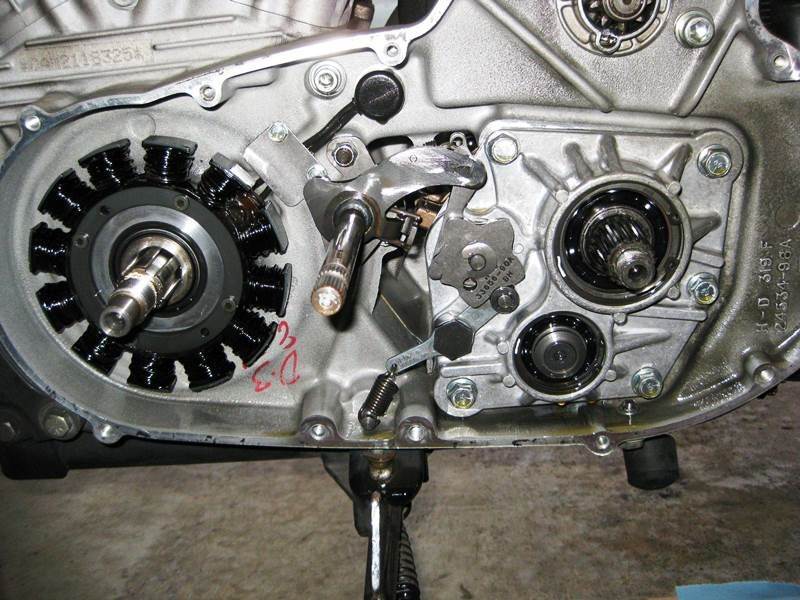 If you release the clutch too quickly or add insufficient rpm, the engine will stall. If you give too much gas and drop the clutch, the vehicle will move with a jerk and may even jump out from under the rider.
If you release the clutch too quickly or add insufficient rpm, the engine will stall. If you give too much gas and drop the clutch, the vehicle will move with a jerk and may even jump out from under the rider.
What to do. At first, you can try to start without gas at all - just release the clutch smoothly and slowly. This will help you feel the moment when the ATV is ready to go and you need to increase the engine speed.
What is the difficulty. At first it is not obvious when to switch.
What to do. You can focus on the sensations. If vibration is felt, the ATV twitches and accelerates sluggishly, you need to switch down, and if the engine “roars”, up. Another option is to look at the speedometer. Each gear has its own optimal speed range. Here are the average values:
